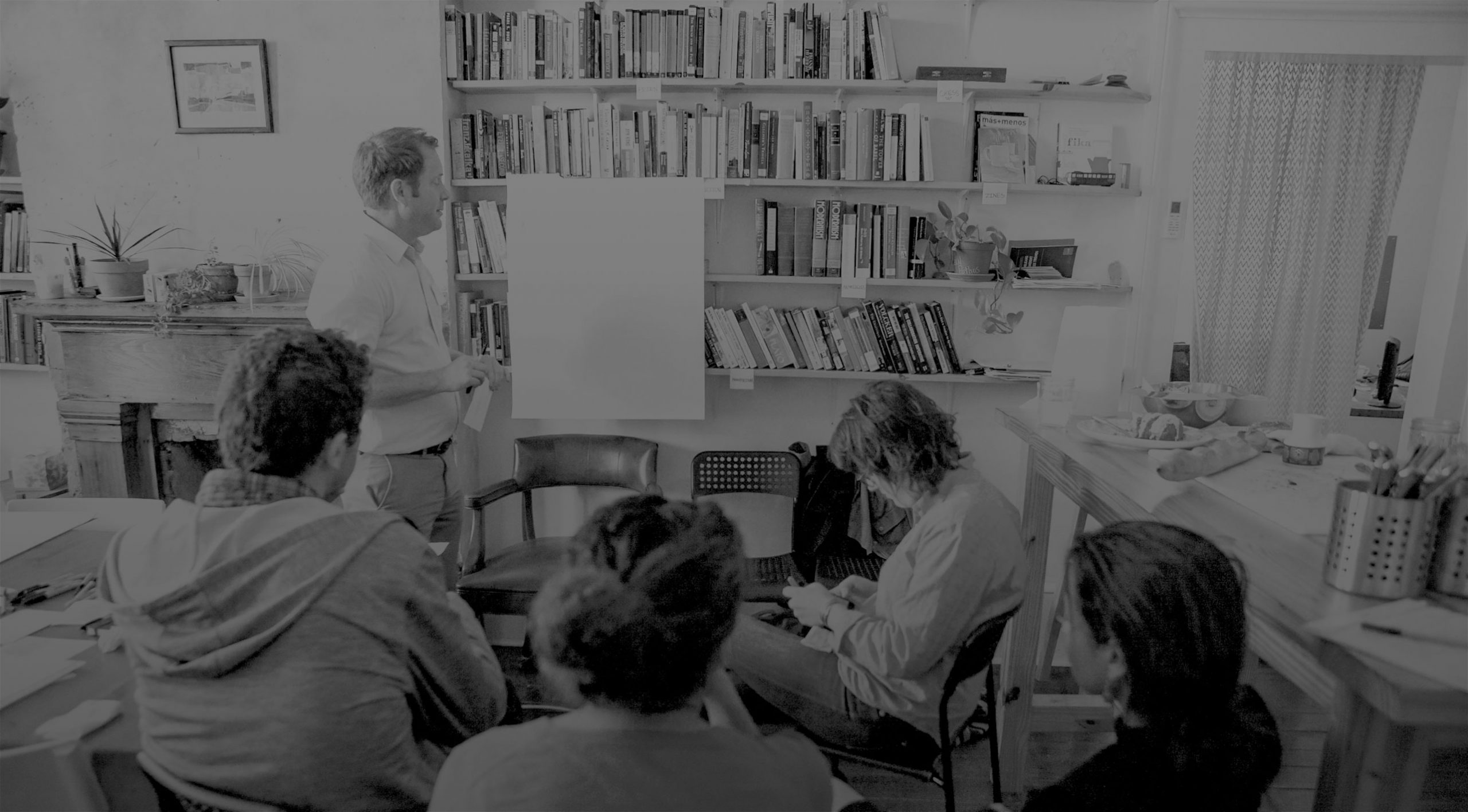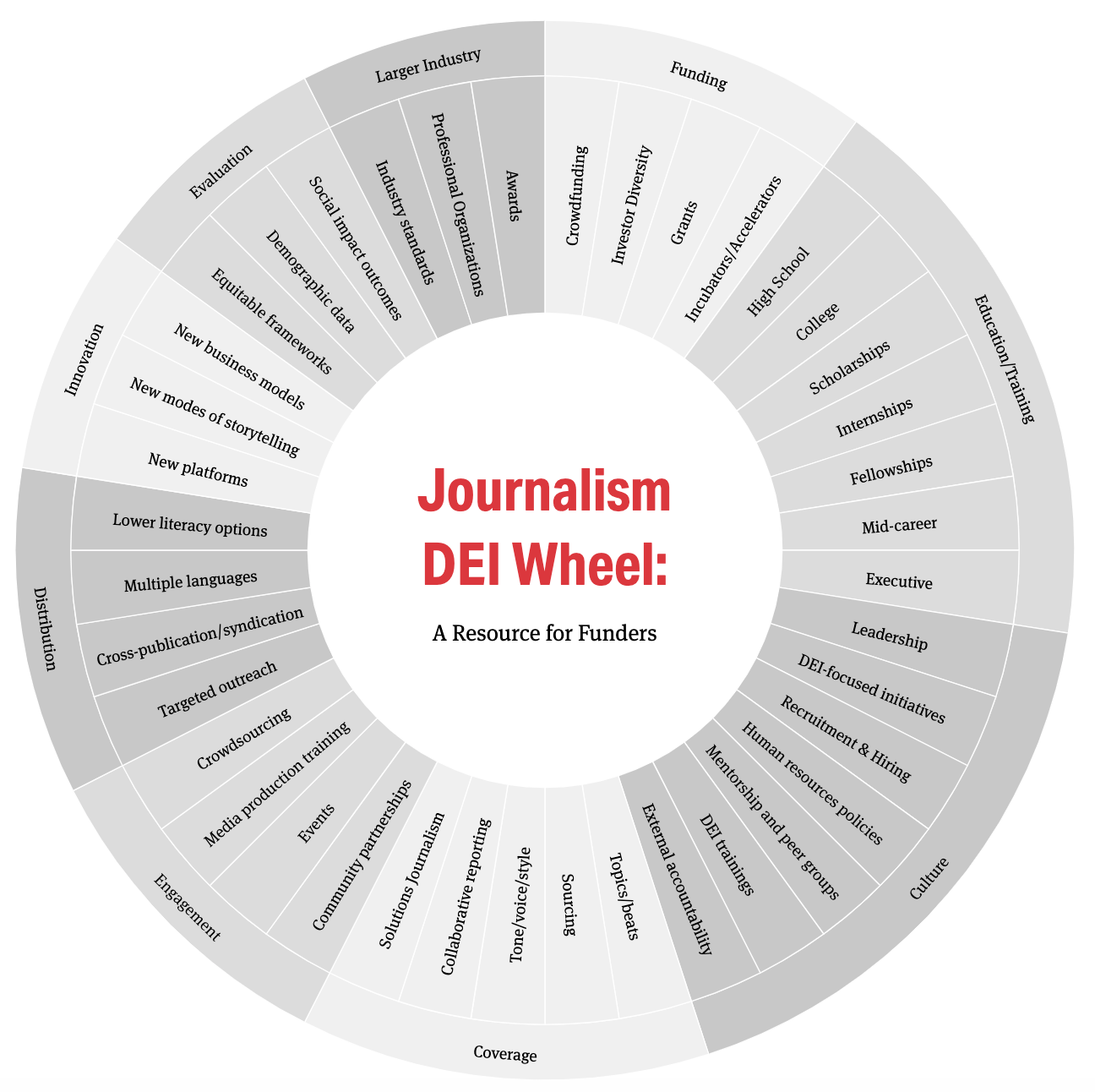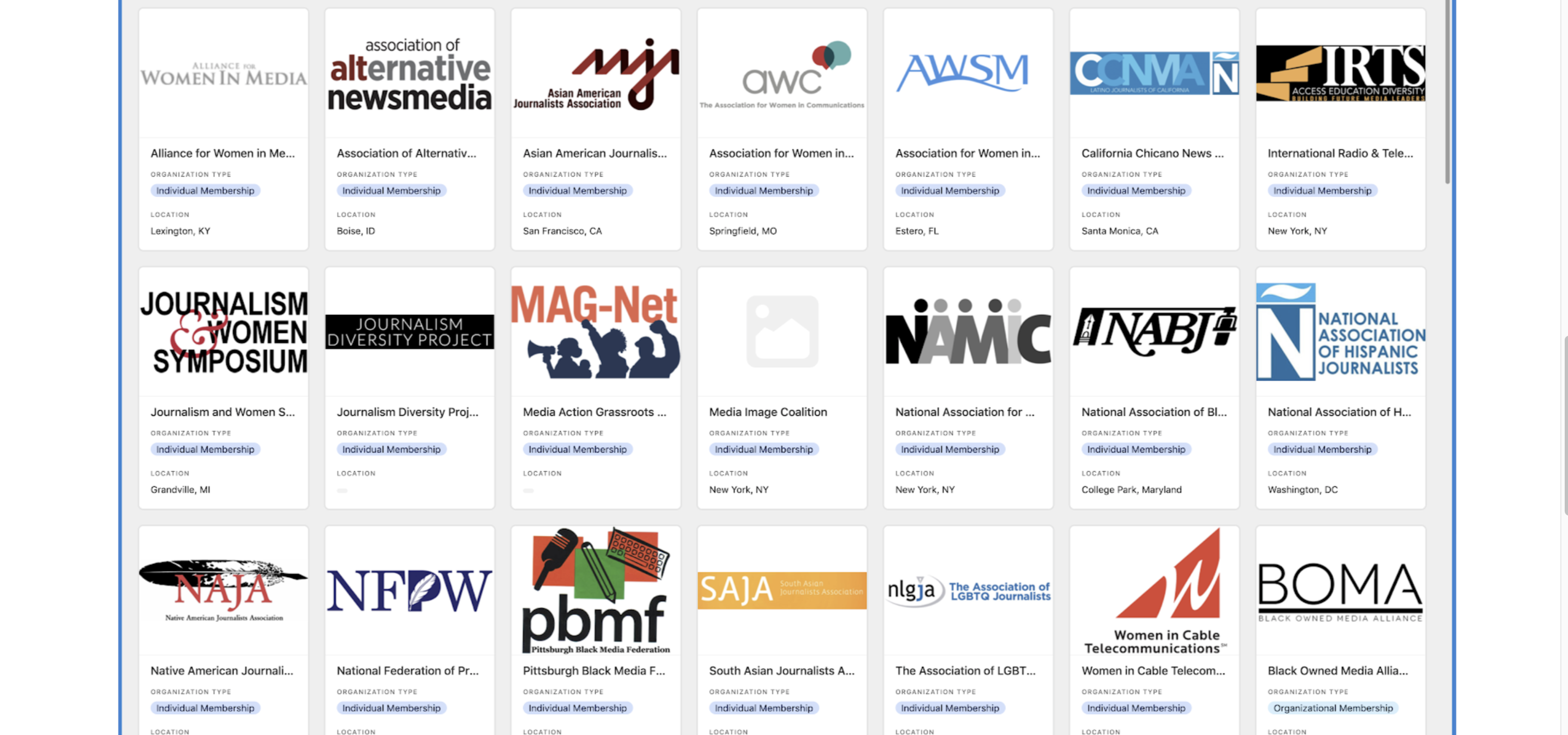This post was co-authored by Christine Schmidt.
Over the past month, 30 states have made journalism an essential service in their disaster declarations, putting local news outlets on par with hospitals and grocery stores. It makes sense: local news is how we find out about stay at home orders and whether our nearby hospital has tests available. It lets us know which grocery stores are holding senior hours, which schools are delivering hot lunches, and how to get help with rent and mortgage payments. And it powers the work of infectious disease detectives, who refer to local reporting as “the bedrock” of their work tracking the spread of illnesses across the country.
Nearly eight in ten Americans are following coronavirus news closely. And they’re getting more than just news: Chalkbeat built maps of all the places New Jersey families can get free meals during school closures; the Charlotte Journalism Collective created a phone tree to check in on people who may not have internet access; El Migrante distributed papers to migrant shelters with information on coronavirus prevention and shelter healthcare options; and Outlier Media in Detroit took residents’ coronavirus questions via text. Local newsrooms are clearly going above and beyond to help their communities.
But there is a troubling irony to this moment: The coronavirus — while creating a need for strong local news — has ignited an economic crisis that could wipe out huge swaths of journalism in America.
Newsrooms Are Shutting Their Doors
Even before COVID-19 swept the country, shuttering businesses and drying up ad spending, local news was in a precarious spot. Over the last 15 years, more than 1,800 newspapers have closed across the United States. Of the 2,485 U.S. counties that reported COVID-19 cases as of April 6th, 50 percent are news deserts — meaning relevant and accurate information is scarce, while misinformation is easily accessible. The struggle to find clear information about your neighborhood is even harder if you live in a rural community, have a low income, or are a person of color.
But newspapers aren’t the only place you get your news — you also have public radio, local television, the bulletin board at your community center — all of which are also impacted by COVID-19. A field of 200+ nonprofit news outlets and hundreds of digital for-profit startups is filling some of the gaps, but the economic challenges will confront all of these newsrooms, too.
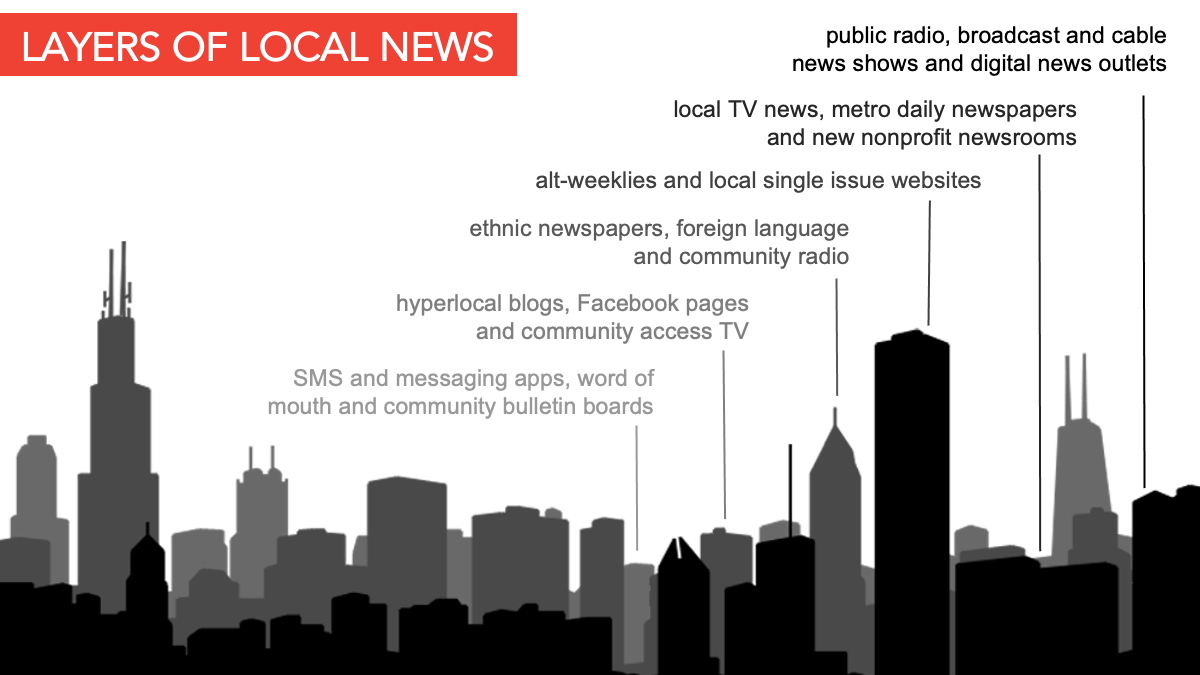
On March 29th, Vermont’s Republican Governor Phil Scott acknowledged this tough situation, saying:
“During a time like this, when we as a state and nation are facing a crisis most of us have never experienced, few things are more important than having the facts and being informed. That’s why today I’m asking you, if you’re able, to support local journalism.”
But just days after the governor’s address, the state’s largest newsroom, VTDigger, had to lay off three people and Gannett-owned papers in the state furloughed employees.
Something similar is probably happening in your town, too. Alt-weeklies in places like Seattle and Milwaukee have completely ceased print production. Public radio has had to abandon their pledge drives. And over a quarter of community media outlets surveyed — who largely serve communities of color and immigrants — have reported a 75-100 percent loss in advertising revenue. According to a tally by The New York Times, over 28,000 journalists have lost their jobs, had their pay cut, or been furloughed, just in the past few weeks.
Our Recovery Has to Include Reporting
We need local news right now and local news needs us. As the federal government, states, and foundations begin developing their response to this pandemic, we must make local news a priority — not an afterthought.
We can not understate how devastating further losses of local news will be to our democracy and the resilience and health of our communities. When newsrooms close and journalists disappear, research shows that fewer people vote and run for office, government corruption and waste expand, and our neighborhoods grow more polarized. No matter what efforts you currently fund, a loss of local news will set them back.
How Funders Can Support Healthy Communities through Healthy News
The federal stimulus bill included $75 million for public radio and TV stations, but that is nothing compared to what’s been lost already in the crisis’ early weeks. To fill the gap, local funders — many of whom have grappled with disasters in their communities before — are leading the way:
- In Colorado, Gates Family Foundation built a statewide funder collaborative, and called on funders, individuals and the government to act now to support Colorado’s public interest newsrooms with partners through the Colorado Media Project.
- In Chicago, a coalition of funders have stepped up to start a Chicago COVID-19 Journalism Fund for community news and information, and the New Mexico Local News Fund has launched emergency support grants for journalists.
- In Pennsylvania, Independence Public Media has doubled their grantmaking budget and plans to “invest in community-led and community-owned media and media making for equity and justice.” In addition, a coalition of funders including Lenfest Institute, Knight Foundation and The Knight-Lenfest Local News Transformation Fund have created the Philadelphia COVID-19 Community Information Fund to support an array of community media.
We must build on the lessons of these local leaders, as well as what we know from past disasters: that they highlight and exacerbate existing inequalities. We know that local news has never served all of America — including those that are hardest hit by the pandemic, including Black communities, Asian-American communities, and people facing economic hardship. It’s time to change philanthropy’s long history of underfunding media and journalism led by people of color and women, and build bold collaborations for long-term resilience and a more diverse and equitable media ecosystem. This is our opportunity to remake media so that it can serve communities now, and into the future.
The work of helping our nation and its media recover will take many months, and probably years. But there are four ways foundations can help right away:
- Provide general operating dollars to local newsrooms. We can help you identify trustworthy, quality local journalists in your area who need your support. You can also find nonprofit newsrooms near you at INN.org.
- Contribute to joint funds at the state and municipal level, or national funds like NewsMatch and the Racial Equity in Journalism Fund which can quickly scale the impact of your dollars.
- Include community information needs and local newsrooms in your disaster response and recovery funds. Advocate at the state and national level for nonprofit news, public media and local community papers to be included in a meaningful government stimulus plan.
- Advertise in your local news outlets in support of your grantees, first responders, and to share vital information with your community. Your advertising dollars will help local newspapers, radio stations, and nonprofits weather this storm.
America will recover from coronavirus; there’s no doubt about it. And with strong philanthropic support, so will local news. We are heartened by the hard work of newsrooms and dedicated funders across the country who understand how vital local news and information is at this moment — and how much we’ll need it in the future.
Subscribe to The Local Fix for a weekly roundup of the best writing on journalism, paired with concrete advice, tools and resources for people who care about local news, curated by Josh Stearns, Teresa Gorman, and Christine Schmidt.
Cover Image: Governor Tom Wolf answers questions submitted by reporters during a virtual press conference on COVID-19. Credit: Office of Governor Tom Wolf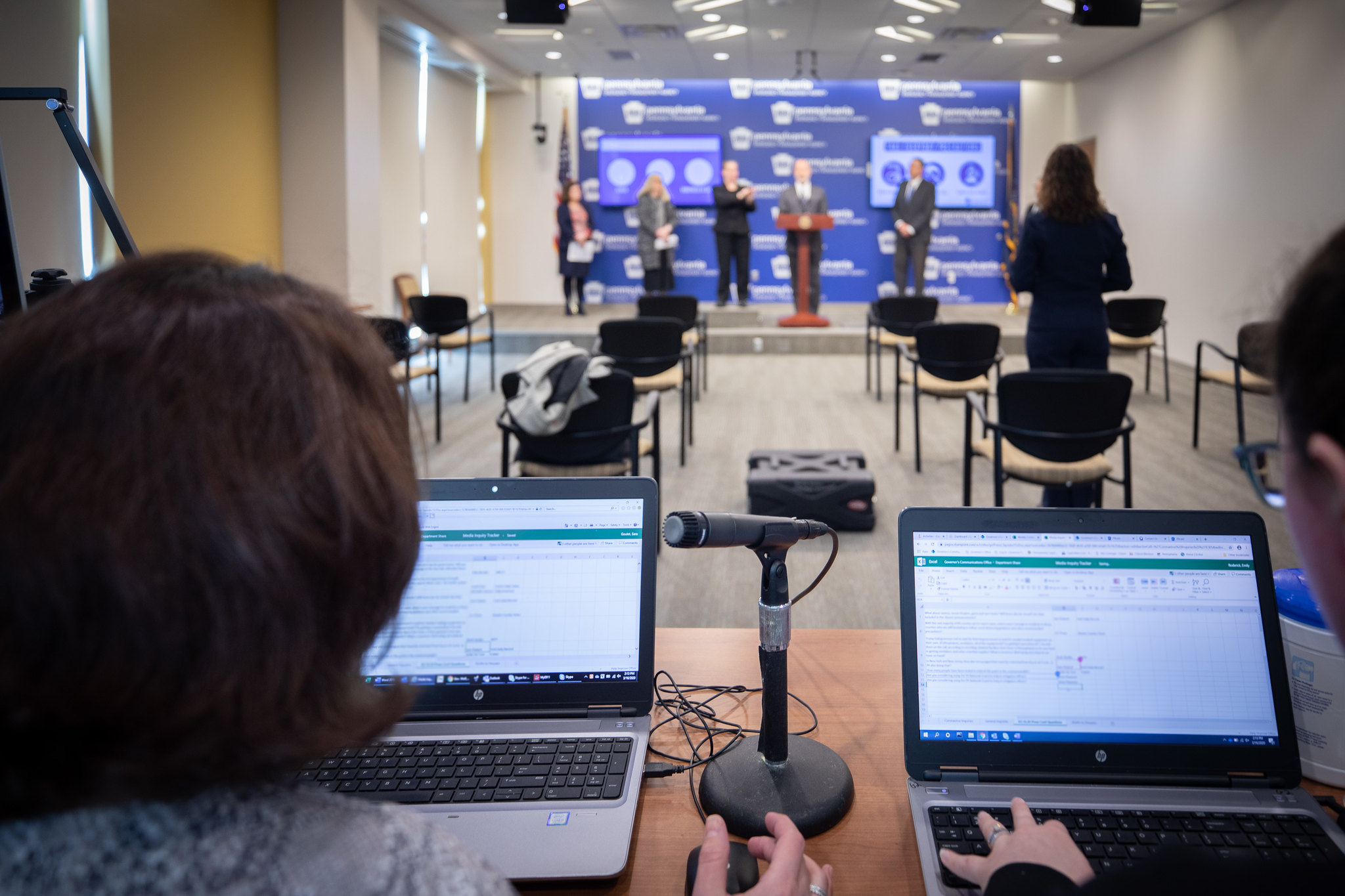
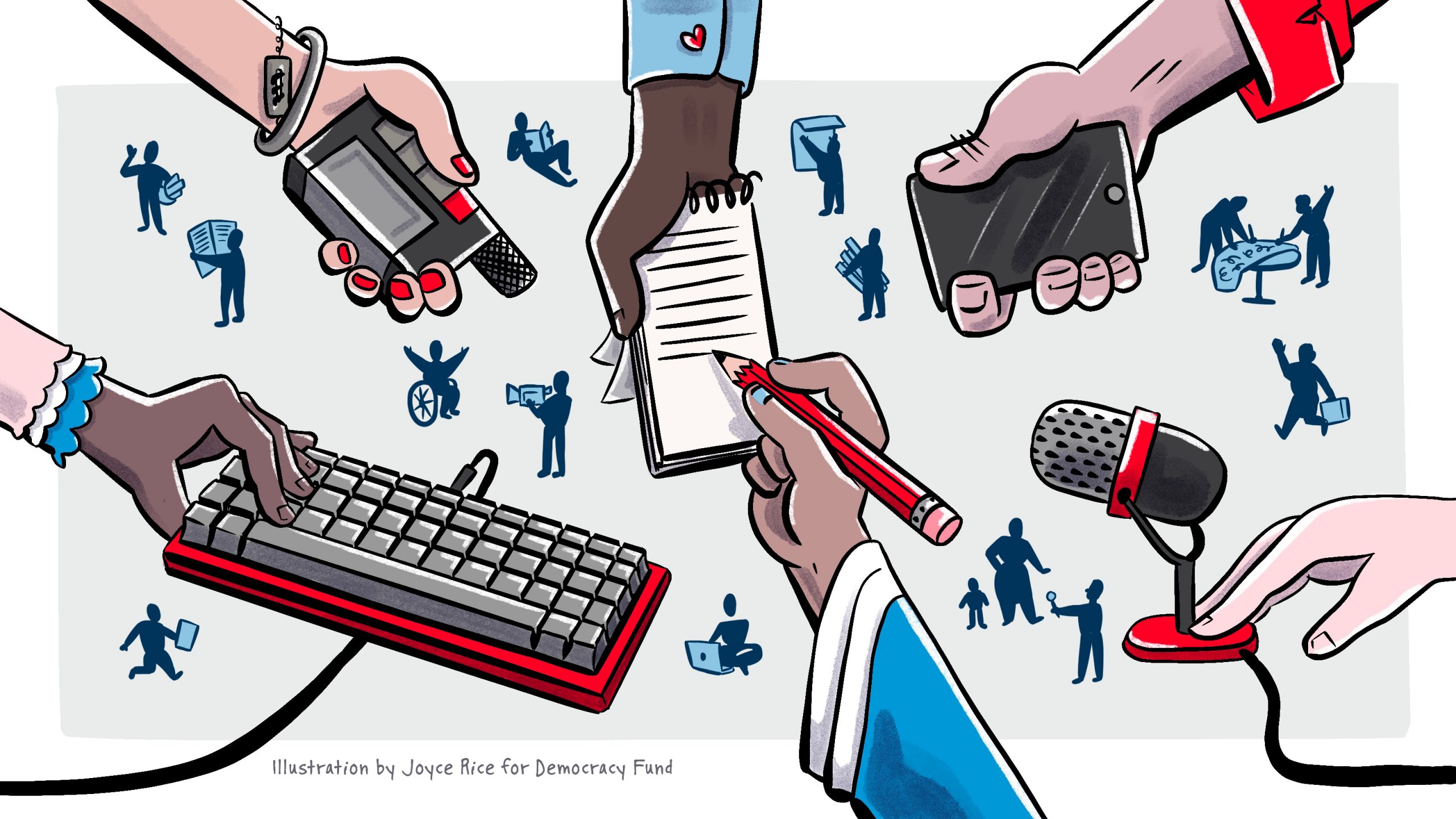
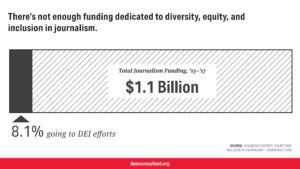
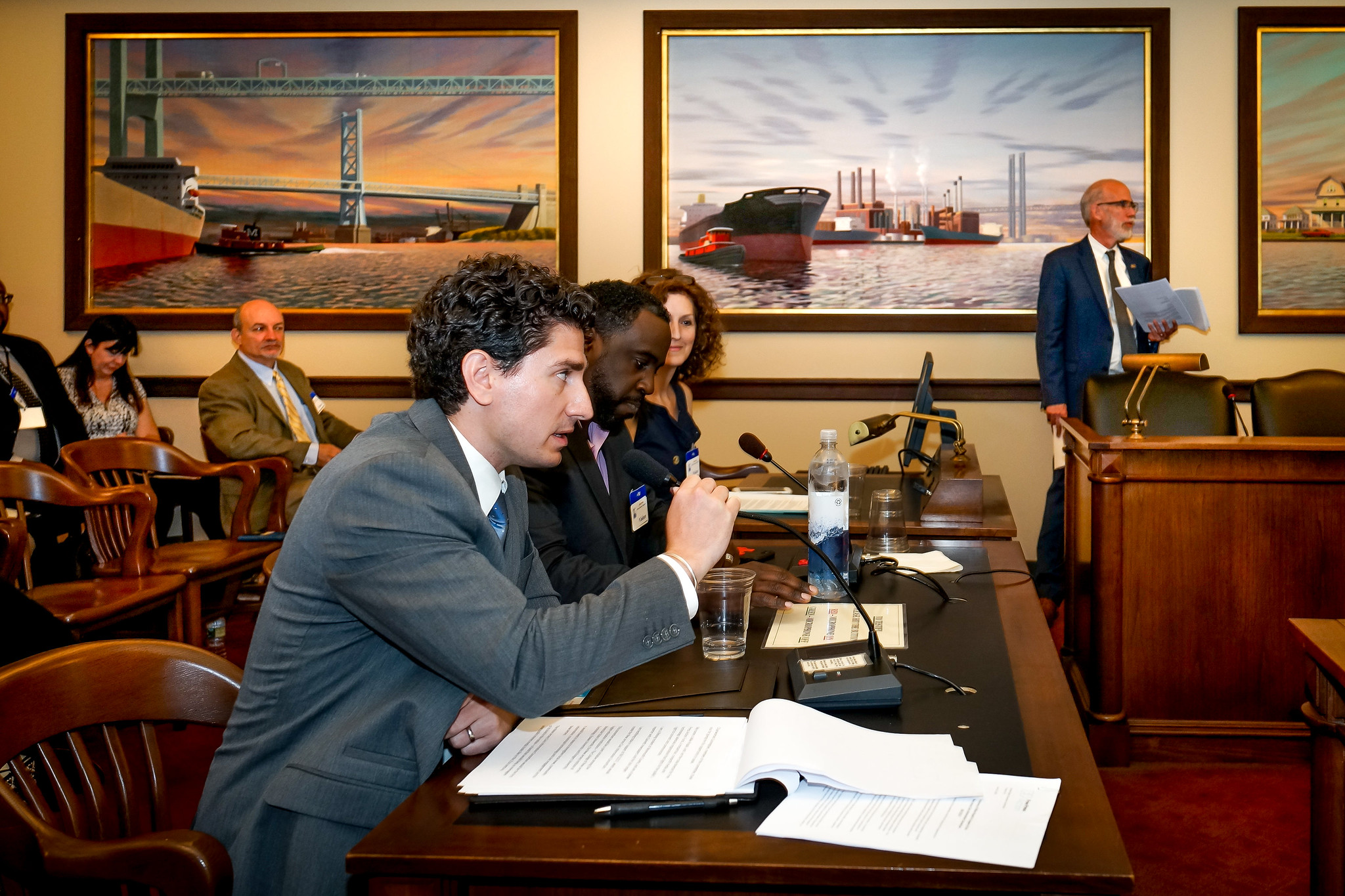



 Credit: Detroit Public Television
Credit: Detroit Public Television
